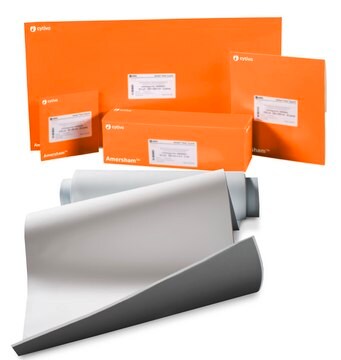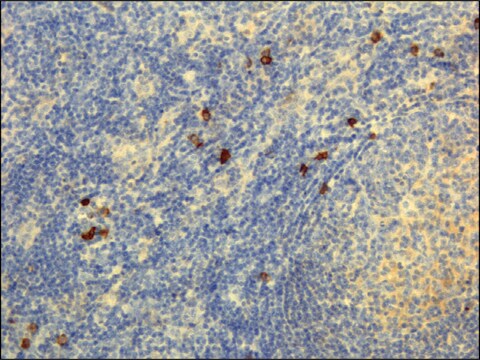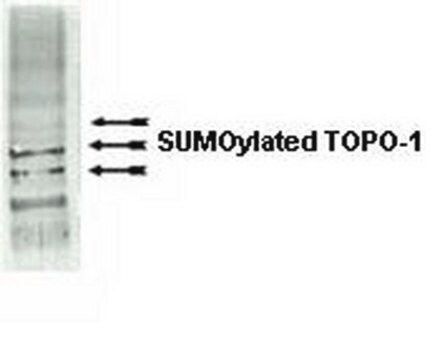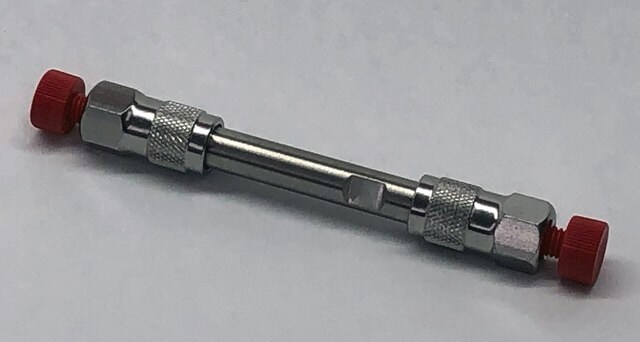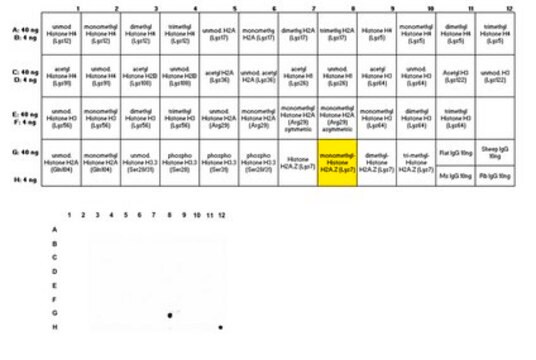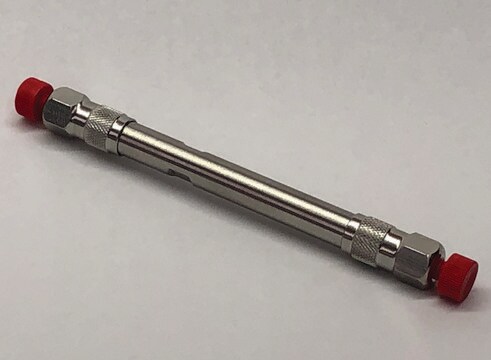MAB3786-C
Anti-APC Antibody, CT, clone C-APC Antibody 28.9, Ascites Free
clone C-APC 28.9, from mouse
Sinónimos:
Adenomatous polyposis coli protein, Deleted in polyposis 2.5, Protein APC
About This Item
Productos recomendados
origen biológico
mouse
Nivel de calidad
forma del anticuerpo
purified immunoglobulin
tipo de anticuerpo
primary antibodies
clon
C-APC 28.9, monoclonal
reactividad de especies
human
técnicas
immunocytochemistry: suitable
immunofluorescence: suitable
immunohistochemistry: suitable (paraffin)
western blot: suitable
isotipo
IgG1κ
Nº de acceso NCBI
Nº de acceso UniProt
Condiciones de envío
wet ice
modificación del objetivo postraduccional
unmodified
Información sobre el gen
human ... APC(324)
Descripción general
Especificidad
Inmunógeno
Aplicación
Immunocytochemistry Analysis: A representative detected an increased APC expression in human eyelid adipose-derived stem cells (hEASCs) after neuroinduction at passage 8 (Zhou, J., et al. (2014). J. Cell. Mol. Med. 18(2):326-343).
Immunofluorescence Analysis: A representative lot detected a granular APC staining pattern at a subapical region of epithelial cells in fallopian mucosa by fluorescent immunohistochemistry staining of paraffin-embedded, paraformaldehyd-fixed fallopian tube tissue sections (Kessler, M., et al. (2012). Am. J. Pathol. 180(1):186-198).
Epigenetics & Nuclear Function
Cell Cycle, DNA Replication & Repair
Calidad
Descripción de destino
Forma física
Almacenamiento y estabilidad
Otras notas
Cláusula de descargo de responsabilidad
¿No encuentra el producto adecuado?
Pruebe nuestro Herramienta de selección de productos.
Código de clase de almacenamiento
12 - Non Combustible Liquids
Clase de riesgo para el agua (WGK)
WGK 1
Punto de inflamabilidad (°F)
Not applicable
Punto de inflamabilidad (°C)
Not applicable
Certificados de análisis (COA)
Busque Certificados de análisis (COA) introduciendo el número de lote del producto. Los números de lote se encuentran en la etiqueta del producto después de las palabras «Lot» o «Batch»
¿Ya tiene este producto?
Encuentre la documentación para los productos que ha comprado recientemente en la Biblioteca de documentos.
Nuestro equipo de científicos tiene experiencia en todas las áreas de investigación: Ciencias de la vida, Ciencia de los materiales, Síntesis química, Cromatografía, Analítica y muchas otras.
Póngase en contacto con el Servicio técnico
